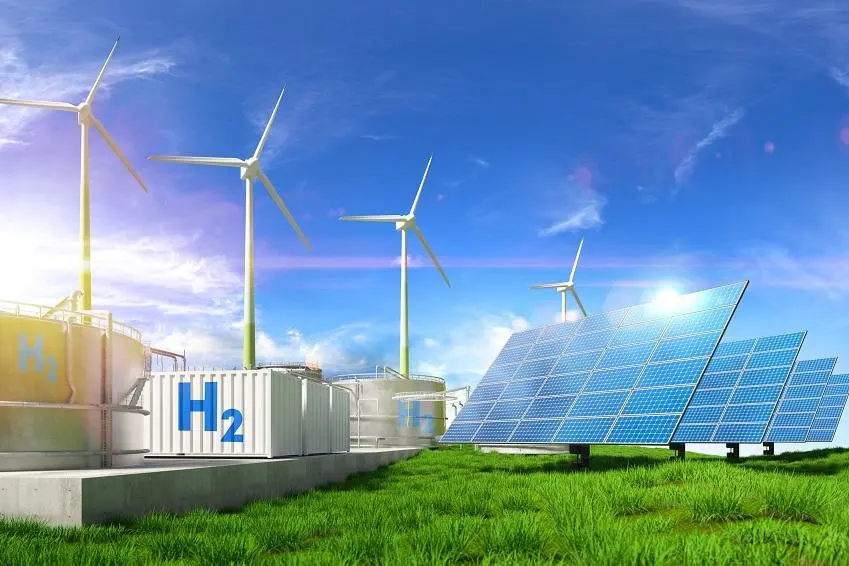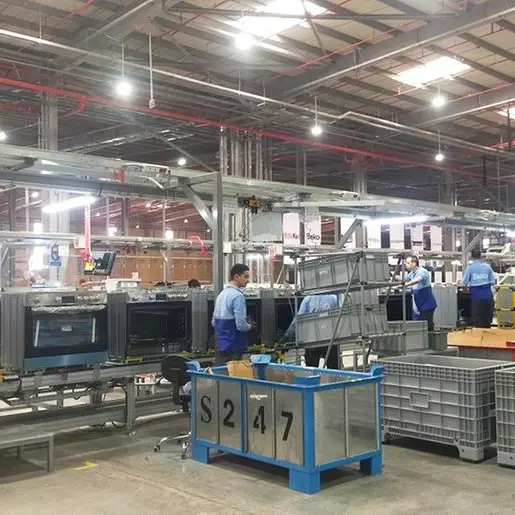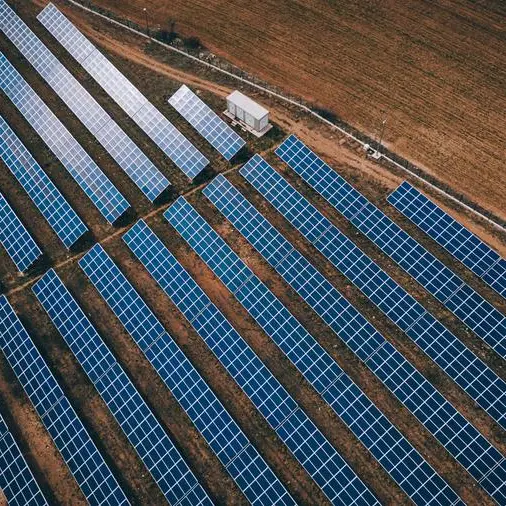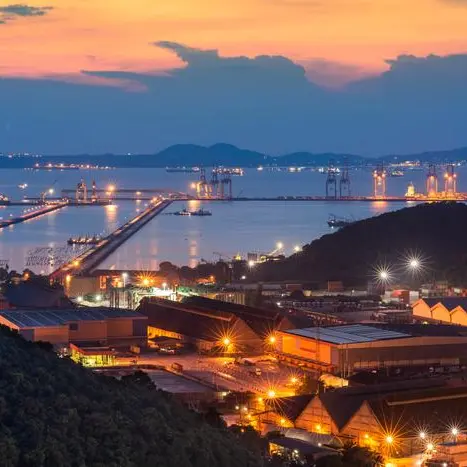PHOTO
Blue and green hydrogen will dominate the hydrogen rainbow spectrum in the nascent MENA hydrogen markets for the near term, but blue is the more attractive option for the region due to the region’s competitive advantages in terms of abundant oil and gas resources, low cost of extraction and low carbon content, according to APICORP’s MENA Energy Outlook report by APICORP.
“By leveraging its strong potential, the MENA region is well-positioned to supply around 10-20 percent of the global hydrogen market by 2050. At average gas prices of $3-4/MMBTU, the levelised cost of blue hydrogen production (LCOH) is estimated to be around $1.5-$2.5 per kilogramme of hydrogen (kgH) in the region based on the Steam Methane Reforming (SMR) technology with Carbon Capture Utilisation and Storage (CCUS). The LCOH for producing green hydrogen in MENA is estimated to be between $2.5-$3.5/kgH for Alkaline electrolysers and slightly higher for PEM (Polymer Electrolyte Membrane) electrolysers”
Hydrogen can also support the MENA countries’ energy security by diversifying the energy mix and boosting the resilience of localized energy systems, and be optimally utilised to decarbonize the hard-to-abate energy-intensive industries where electrification proves to be challenging, the report aid.
“For the MENA region, the most adequate near-term applications are the petrochemicals & refining industries (which currently depend on grey hydrogen and can shift to cleaner hydrogen vectors), steel and aluminium smelters, ammonia and methanol. In the medium to long term, large-scale seasonal energy storage, long-haul transportation and maritime shipping are prospective applications. Due to hydrogen’s low volumetric efficiency, conventional fuels may be more efficient in certain applications such as residential heating and short-haul transportation”.
Market development
It is expected that the hydrogen markets in MENA will pass through three phases before transforming into a fully established commodity market, the report said.
• 2022-2030: The hydrogen markets will start scaling up as the market foundations are placed. For the MENA in general and GCC specifically, the focus will be on blue hydrogen for export markets especially to SE Asia via ammonia shipments. Fossil-fuel producers will continue to leverage their competitive advantage in blue hydrogen as part of their broad-based transition strategies, as long as hydrogen compensates to a certain degree any loss in revenues.
• 2030-2035: With hydrogen demand scaling up, more supply hubs will emerge as the market starts reaching maturity. Green hydrogen will start making an entrance in niche markets. Projects will be centralised in hydrogen valleys and mostly funded by public investments.
• 2035+: Widespread adoption of green and blue hydrogen in various applications. Low-carbon hydrogen will be consumed domestically and in export markets. Europe and SE Asia will be the most prominent hydrogen markets for the GCC and North Africa. Export routes will be either via hydrogen pipelines or ammonia shipments. Moreover, as the cost of green hydrogen falls, new participants will enter the market, making hydrogen a more competitive global commodity market.
Challenges
Hydrogen has to cross several barriers for projects to be financed, the report noted.
1. Technology: There is a need to de-risk the electrolyser technology (modularity and scaling up to multi-gigawatt scale) for green hydrogen and the CCUS technology for blue hydrogen. This will directly impact the cost profiles of both types of hydrogen as they near the cost limit of grey hydrogen.
2. Regulation: Certification, standardisation and providing frameworks for validating guarantees of origin are key. The ability to translate these regulations into contractual clauses between suppliers and off-takers is essential. Divergent standards could hinder progress, disrupt markets, stir regulatory competition, and create trade barriers.
3. Market fundamentals: Transforming hydrogen into an established commodity market requires scaling up supply and demand while enhancing clarity on pricing. There is a chicken-and-egg problem in building out the necessary infrastructure for hydrogen. Without demand, investments remain too risky for wide-scale production that could reduce costs, but without economies of scale, the technology remains too costly for small demand.
4. Infrastructure: An established infrastructure from production and conversion to transmission and delivery is essential. This will require mobilisations of hefty investments in the medium term to scale-up hydrogen projects.
5. Governmental support: Some governments initiatives needed to activate the hydrogen markets are: providing equity ownership, mandates and blending quotas, policy incentives such as tax credits/holidays, technology-specific subsidies, access to markets, support pilot projects and carbon pricing.
Writing by Sowmya Sundar; Editing by Anoop Menon)























